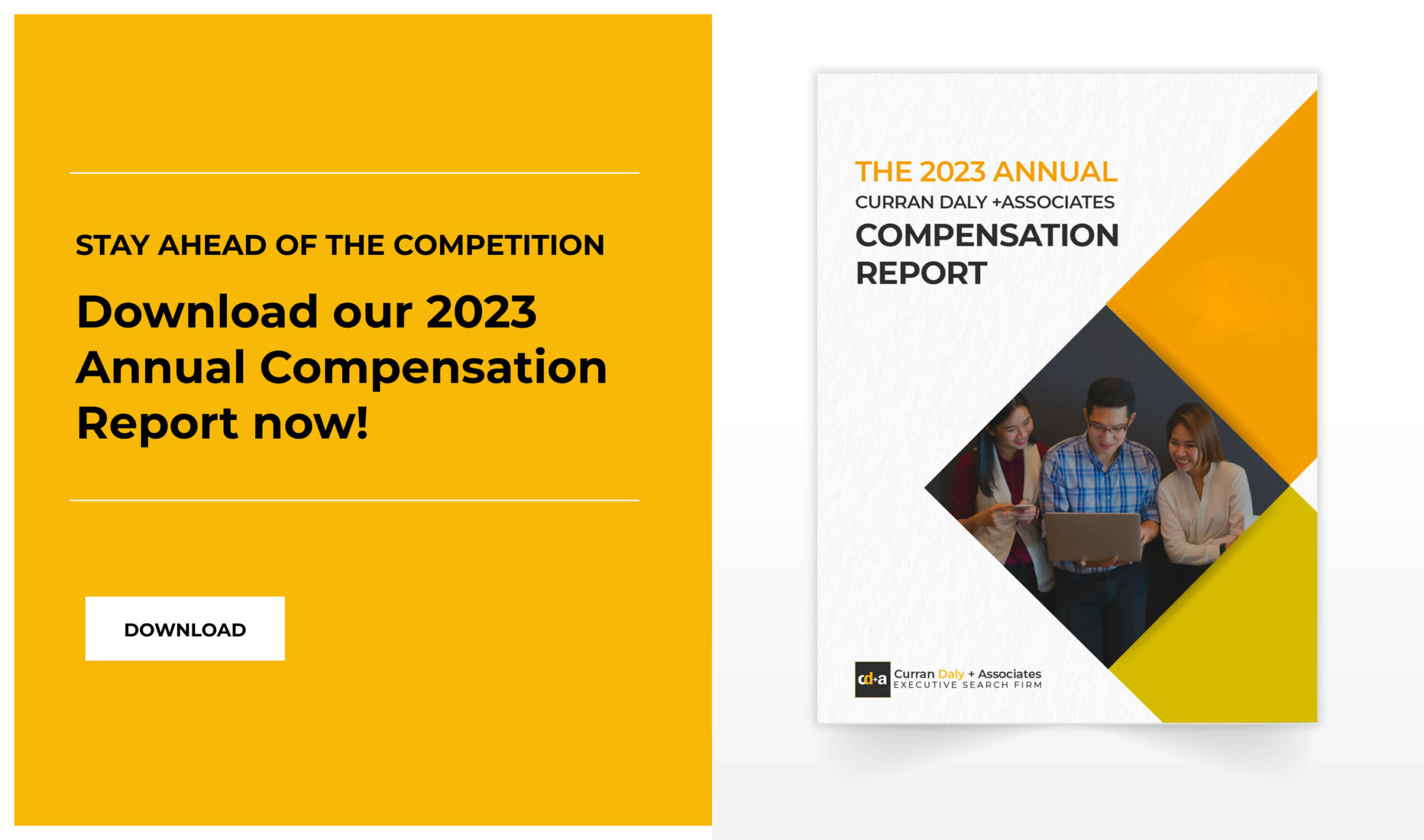- Despite driving the Philippine economy forward, the engineering sector is plagued by numerous problems.
- Understanding the ever-evolving landscape will help you gain a competitive advantage as an engineer.
- Local infrastructure development, globalization, and emerging technologies contribute to engineering’s high demand in the future.
- To keep up with the world, Filipino stakeholders must address skill gaps, talent migration, and poor quality of STEM education.
Engineering supports the growth and development of a country’s economy by shaping the local infrastructure, technology, and industrial landscape. With this responsibility, the Philippine Institute for Development Studies (PIDS) asserted that the country will need 1.8 million engineers by 2025.
Despite its importance, numerous problems persisted in the Philippine engineering field even before the pandemic. These issues include poor quality education, insufficient job opportunities, and inadequate government funding for local professionals.
With the strong demand and perceived better compensation, it’s no surprise that many Filipino engineers consider working in foreign lands. Hence, understanding the engineering landscape is crucial for professionals like you.
Local recruiters aren’t the only ones competing for promising Filipino talents anymore. The playing field for engineering recruitment has vastly expanded, thanks to digitalization and globalization.
Exploring Engineering Opportunities
In the Philippines, engineering remains a highly valued career. Dr. Francis Uy, a dean for a local university’s School of Civil, Environment, and Geological Engineering, emphasized that this profession will be part of humans’ journey to the future. He added that industries need engineers to survive.
A 2023 report revealed that engineering will grow faster than any other industry. Today’s global job postings and average advertised salary reflect this high demand. More countries will need many engineers across various disciplines as they invest in infrastructure projects and technological advancements.
As the world becomes increasingly interconnected, opportunities will multiply for students and professionals in this field. Let’s dive into the key factors why engineering will thrive in the future!
1. Local infrastructure development
With the extensive infrastructure development projects in the Philippines, the demand for engineers has significantly increased. The Duterte administration’s “Build, Build, Build” program generated job opportunities and produced highways, flyovers, interchanges, and underpasses in Metro Manila.
Engineers like you will be highly desirable when the Philippine government continues to modernize and expand the local infrastructure to meet the needs of the growing population. Your contribution will undoubtedly help the country achieve economic growth and improved quality of life.
2. Impact of globalization
Globalization has transformed the engineering talent landscape, fostering cross-border collaborations and increasing demand for engineering expertise. As more companies expand their operations internationally, there will be a growing need for professionals with knowledge of diverse cultural, regulatory, and technological environments.
Whether you’re in the field of research, manufacturing, or technology, globalization undeniably opens doors for engineers like you. After all, you have an integral role in shaping a sustainable future.
3. Emerging technologies
The rapid pace of technological advancements creates numerous opportunities for engineers like you. Developments like robotics, artificial intelligence, and the Internet of Things (IoT) are reshaping industries, improving operational processes, and increasing product or service qualities.
In this fast-paced industry, you must stay on top of these technologies to create a solid foundation for your career paths. Embracing these innovations will help you attain success and redefine tomorrow.
Globalization, emerging technologies, and local infrastructure development bring new opportunities for engineers worldwide. To keep pace and evolve with this dynamic landscape, you must spearhead innovation, welcome diverse projects, adapt to industry changes, and equip a global perspective.
Nevertheless, these factors also present modern problems the world hasn’t encountered. The Philippines needs to develop solutions to become a global hub for innovation in the engineering sector.
Bridging the Gap
The Philippines has a budding engineering workforce, producing over 50,000 graduates yearly. However, many challenges hinder its sustainable growth and development in the future.
As early as now, stakeholders must acknowledge and overcome these obstacles to ensure the country’s global competence and local thriving sector. Bridging the gap will refine processes, drive innovation, and improve decision-making.
By addressing these challenges head-on, this sector can unlock its full potential and contribute to a rapidly changing world. Let’s discuss the existing issues the Philippine engineering sector faces today!
1. Skill gaps and mismatch
Although there’s a growing demand for specialized skills in the country, there’s often a misalignment between the graduates’ skills and the industry’s evolving needs. This issue leads to recruitment problems for highly skilled engineers and low competitiveness in the international market.
Japan benefited from these deficiencies by allotting ¥300 billion ($2.1 billion) to expand its science and technology-related departments. With this in mind, the Philippine government must update the educational curricula and encourage continuous upskilling to guarantee a well-prepared workforce.
2. Talent migration and “brain drain”
The Philippines has suffered from the “brain drain” phenomenon since the early seventies. Highly skilled professionals, including engineers, move to other countries due to perceived better salaries, working conditions, and career opportunities.
In turn, this talent migration results in losing valuable local talents, disrupting the maintenance of the domestic skilled workforce. Stakeholders must create a conducive environment to prevent engineers like you from migrating to other countries.
3. Poor quality and inaccessibility of STEM education
Improving the local Science, Technology, Engineering, and Mathematics (STEM) education is critical for the engineering sector’s future. Although the country invests heavily in education, STEM students struggle due to access issues, outdated curricula, insufficient learning resources, and inadequate teacher training.
The Philippine government must make strides to enhance the quality of STEM education by providing equitable access and adjusting the curricula based on the practical needs of the engineering industry.
Final Thoughts
Although the engineering sector undeniably contributes to technology and local infrastructure, it remains an overlooked sector in the Philippines. This industry faced poor education and inadequate government funding even before the pandemic.
Nevertheless, globalization, emerging technologies, and local infrastructure transform the engineering landscape, increasing local and international opportunities for professionals.
As a double-edged sword, these developments also bring new obstacles for businesses and engineers, including skill gaps and talent migration. Addressing these challenges is crucial for the country’s development and competence in the global engineering landscape.
Are you looking for a professional seeking new engineering opportunities? Curran Daly & Associates has your back!
As a recruitment and search firm, we can help you find a company where you can thrive and grow! Visit our site to view our available engineering positions today.










0 Comments